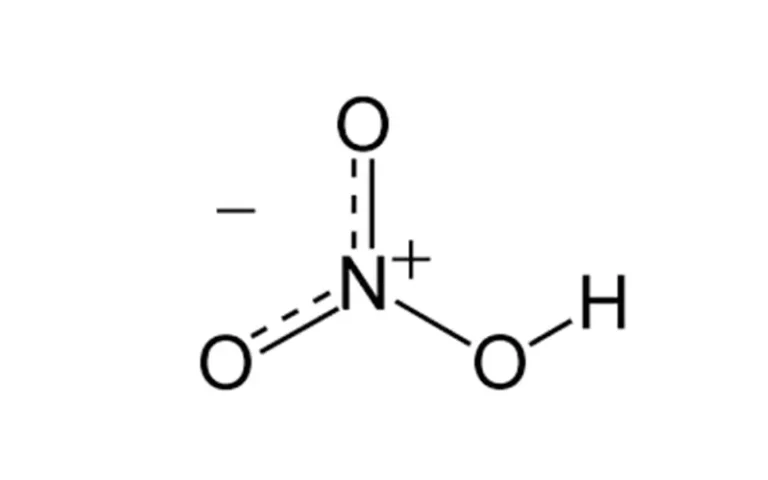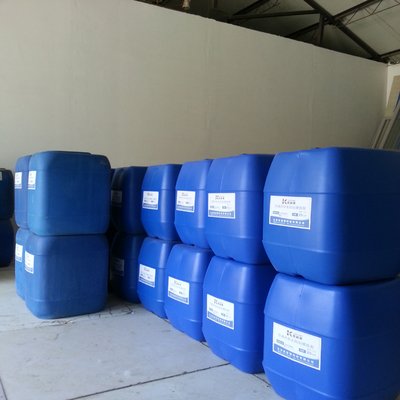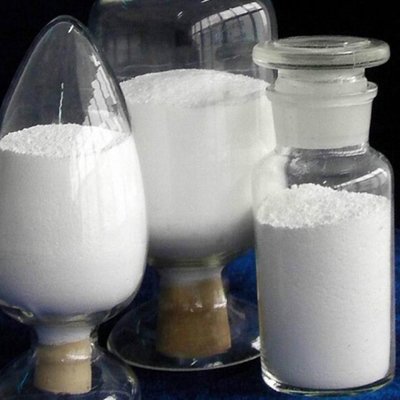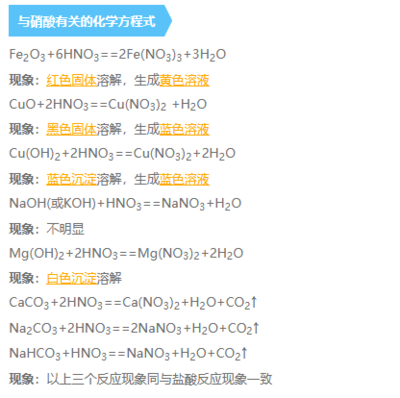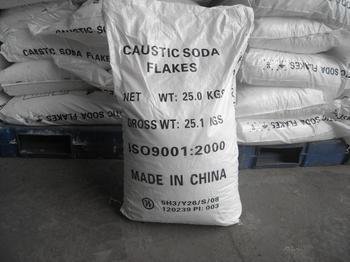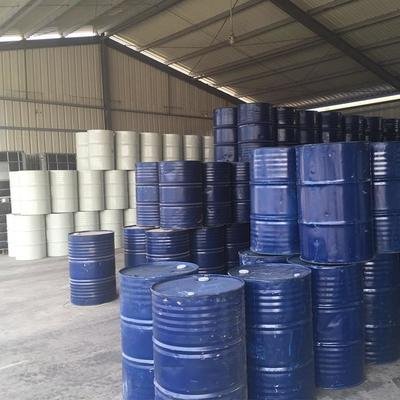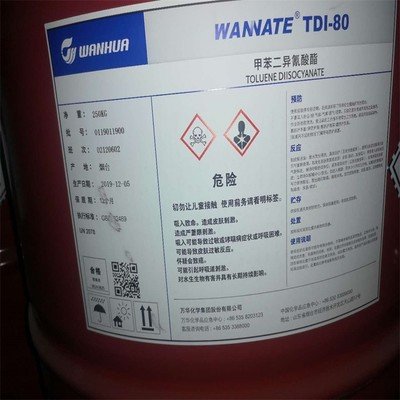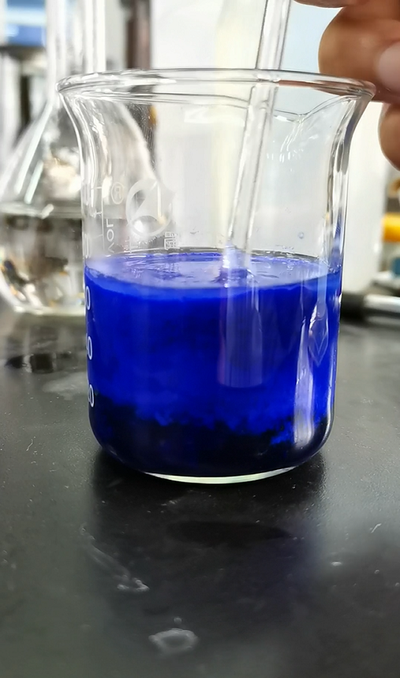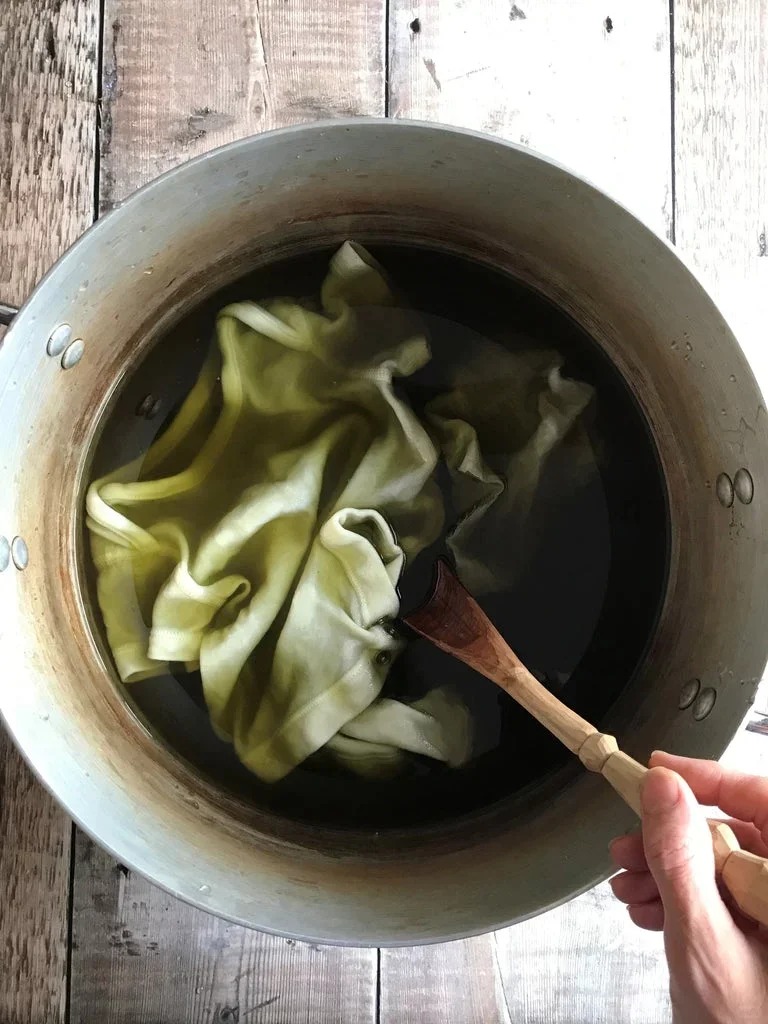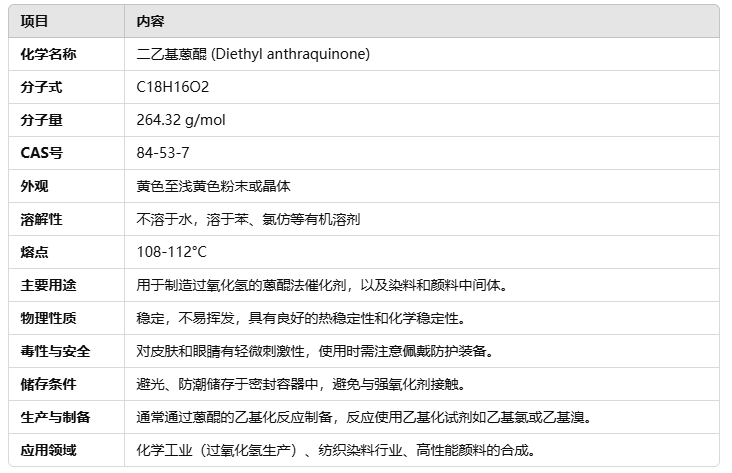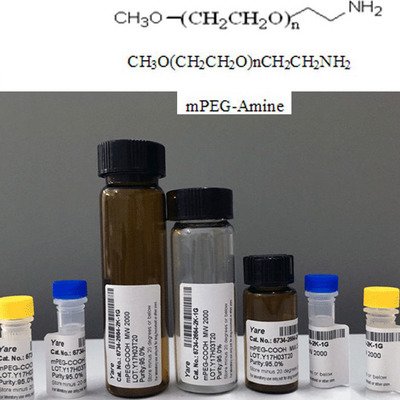How Ammonia Powers Nitric Acid Production: The Ostwald Process Explained
Nitric acid plays a key role in producing fertilizers, plastics, and explosives, making it indispensable in modern industries. Its production typically begins with ammonia, a compound that’s both abundant and affordable. The Ostwald process uses ammonia as a starting point, converting it into nitric acid through a series of catalytic and oxidation reactions. This method…

